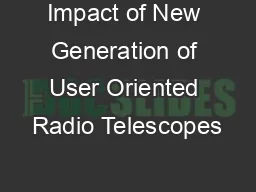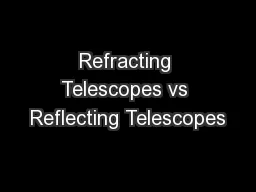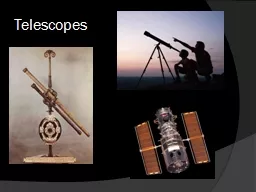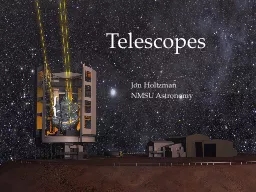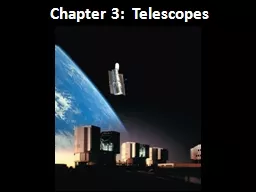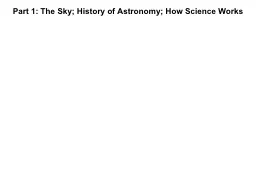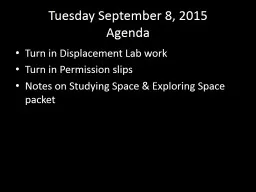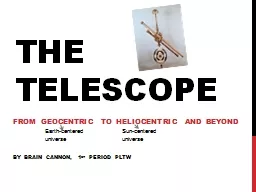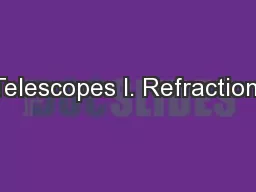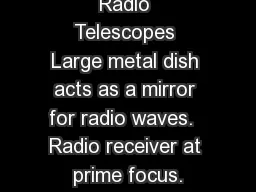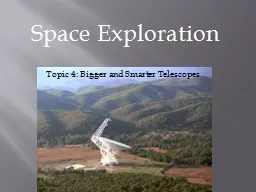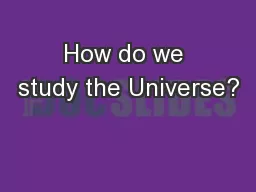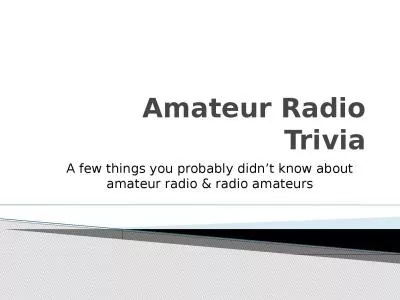PPT-Impact of New Generation of User Oriented Radio Telescopes
Author : test | Published Date : 2016-04-05
The Golden Anniversary of the 1960s The Golden Years of Radio Astronomy HRA IAU GA Hawaii 5 Aug 2015 Ron Ekers CSIRO Australia Overview The discovery process Specialized
Presentation Embed Code
Download Presentation
Download Presentation The PPT/PDF document "Impact of New Generation of User Oriente..." is the property of its rightful owner. Permission is granted to download and print the materials on this website for personal, non-commercial use only, and to display it on your personal computer provided you do not modify the materials and that you retain all copyright notices contained in the materials. By downloading content from our website, you accept the terms of this agreement.
Impact of New Generation of User Oriented Radio Telescopes: Transcript
Download Rules Of Document
"Impact of New Generation of User Oriented Radio Telescopes"The content belongs to its owner. You may download and print it for personal use, without modification, and keep all copyright notices. By downloading, you agree to these terms.
Related Documents

